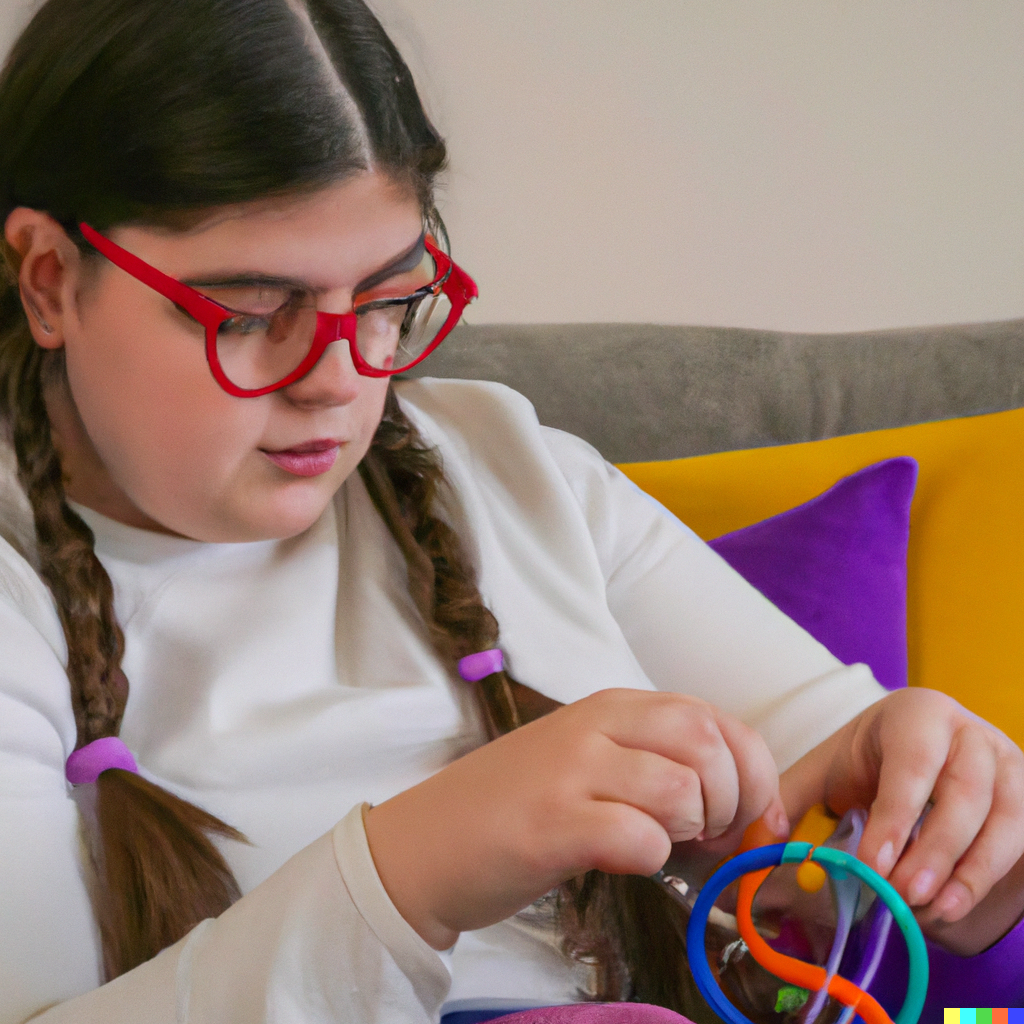Generalization in ABA Therapy

Welcome to our ABA therapy technique series where we explore the different techniques used by ABA therapists. In this article we will learn about Generalization.
Generalization is the ability to use newly learned skills outside of a clinical setting and with people other than the therapist.
In this article, we’ll explore the different types of generalizations and strategies used in ABA therapy to help children with autism transfer their skills to new environments.
What Is Generalization?
Children with autism spectrum disorder are not always able to independently transfer learned skills to other settings.
For example, your child may have learned how to read in school, but is unable to successfully perform the same activity at home. If a behavior only occurs in one specific situation, there has been a failure to generalize.
Generalization in ABA therapy is a technique that focuses on teaching children with autism to apply newly acquired skills in a variety of situations. Generalization occurs when a child demonstrates a new behavior in the presence of factors that were not there in the original environment, for example, a different place, time, materials, or people.
Why Is Generalization So Important?
The ability to generalize newly learned skills is essential for the success of ABA therapy.
Generalization prepares your child for a variety of circumstances that they are likely to encounter in their natural environment, outside of the one-on-one ABA therapy setting.
It enables them to perform well in different settings, develop self confidence and independence, and improve the retention of skills in the long term.
Types of Generalizations
Stimulus generalization
Stimulus generalization refers to training a child with autism to perform a skill in a variety of circumstances. A child may associate a skill with a specific setting or the person who taught that skill and struggle to transfer it to other situations.
For example, if your child has learned to ask the therapist for help, but doesn’t spontaneously ask other individuals for assistance, like parents or teachers.
Stimulus generalization encourages the child to learn across settings and makes it less likely that the child’s response will be affected by the presence of an unfamiliar person, item, or situation.
Response generalization
Unlike stimulus generalization where different stimuli (setting, people, activities) result in the same response, response generalization occurs when the same stimulus generates multiple responses.
For example, if a child learns to use a spoon to eat cereal and then uses a spoon to eat ice cream, the skill of using a spoon has been generalized.
Maintenance of learned skills
Skill maintenance occurs when a previously acquired skill is retained over time so that a child can perform it without reinforcement. For instance, once the child learns how to tie shoelaces, he or she can tie shoes independently in different settings, without receiving any prompts or rewards.
Over-generalization
Children with autism sometimes generalize acquired skills to an incorrect location, person, or item. This is known as over-generalization or undesired response generalization.
For example, if a child learns to open the door when the doorbell rings, but also opens the door each time when the phone makes a ringing sound, there has been an over-generalization of skills.
Strategies to Help Enhance Generalization
- Plan for generalization at the very start of the therapy, when the target skills are being defined.
- Prioritize generalizing behaviors and skills that are most likely to be useful to the child in their everyday life.
- Attempt only one generalization approach at a time, and make adjustments as necessary.
- Ensure that the child has ample opportunities to practice newly learned skills on a daily basis, even after these skills are fully mastered.
- Teach multiple examples of the behavior across a variety of settings, objects, behaviors, and people.
- Make sure that learning occurs not only during ABA therapy sessions but also spontaneously throughout the day in a variety of other situations.
- Make sure that the child practices these skills in natural environments, such as the home, the classroom, the grocery store, or the playground.
- Teach the child how to respond to questions that have the same meaning, such as “How old are you?” and “What’s your age?” These questions may be perceived as different, but they require the same response.
- Train loosely by teaching that multiple possible responses are acceptable in the same situation. For instance, if the child feels cold, he or she can choose to put on a sweater or get a blanket. Offer many opportunities to practice multiple responses each day.
- Integrate practicing generalization into the child’s daily routine. Since children with autism appreciate predictability, this will make practicing their skills easier.
- Remain consistent when it comes to requirements for performing new skills. A child may easily forget a skill when allowed to revert to easier behaviors.
- Ask other therapists, teachers, peers, and family members to help the child practice the new skill. The child should be able to successfully perform the same skill in the presence of different people.
- Avoid skill overgeneralization by explaining to the child in what circumstances they can use a particular skill and when it would be inappropriate.
- Reinforce the child each time they successfully demonstrate a skill outside of the therapy environment, in the presence of other people, or when they vary responses correctly.